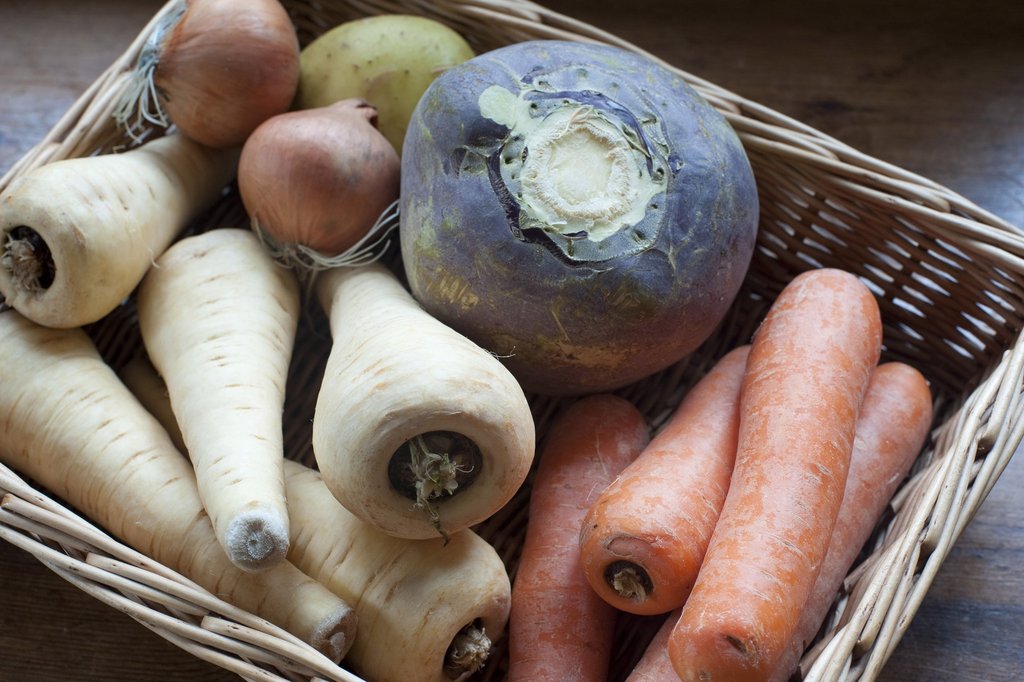There’s a movement happening here in the U.S.A. It’s called Slow Foods and their mission is clear: to bring healthier foods into local schools and restaurants.
What’s wrong with the foods being served now? Though many schools have wellness committees and cafeterias have made some changes to menus, kids are still being served processed foods containing food dyes and preservatives linked to cancer, hyperactivity (often misdiagnosed as ADHD), skin rashes, and even tumors, to name a few. When it comes to restaurants, most are getting the cheapest foods they can, not paying heed to the local farmers, as well as to organic and non-GMO foods. In fact, much of what many restaurants serve comes from China.
Slow Foods is multifaceted, with a focus on bringing tradition and enjoyment back to food as a whole. This means growing, cooking and eating food as it is meant to be – and enjoying it as families. One of the many programs they provide is the Slow Food USA’s National School Garden Program, which “aims to reconnect youth with their food by teaching them how to grow, cook and enjoy real food. Through increased confidence, knowledge gain and skill building, we want to empower children to become active participants in their food choices. By becoming informed eaters, today’s children will help make a positive impact on the larger world of food and farming well into the future.”
“Slow Food was started by Carlo Petrini and a group of activists in the 1980s with the initial aim to defend regional traditions, good food, gastronomic pleasure and a slow pace of life. In over two decades of history, the movement has evolved to embrace a comprehensive approach to food that recognizes the strong connections between plate, planet, people, politics and culture. Today Slow Food represents a global movement involving thousands of projects and millions of people in over 160 countries.” More recently, chapters in the U.S.A. have been growing rapidly as more and more people are looking for better food for both in the home and in schools and restaurants.
Many chapters are started by parents who know that they aren’t alone in wanting to see their kids have access to healthier foods while at school and while out to eat with the family. These parents call on other parents whom they know feel the same way and together they channel their passion and energy into forming local chapters of Slow Foods.
If you are a parent who feels strongly about getting more local, healthier food into schools and restaurants near you, here’s some great way to get started:
- Support local restaurants that are serving local, organic and non-GMO foods. This may take some leg work if you don’t already know of any in your area. If you can’t find any, go to some of your favorite places and ask if they’ll bring some organic, non-GMO and/or local produce into their kitchens.
- Join Slow Foods to get involved. You can learn more here: https://www.slowfood.com/get-
involved/ - Have your local chapter (if one already exists) of Slow Foods get involved in your child’s school. Contact your PFA and tell them about the movement and contact a Slow Foods board member near you.
- Buy as much local foods that you can for your own home and do your own cooking to avoid buying processed foods. This helps to send a message to market places and food suppliers that this is what we want more of.
Photo Credit: https://www.freefoodphotos.com









